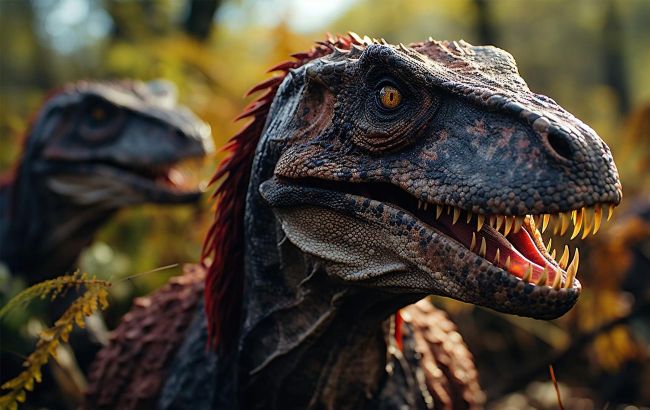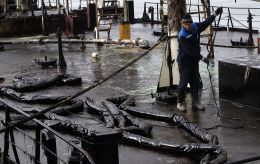New study shows we misunderstand one key aspect of why dinosaurs go extinct
 Scientists review the effects of the Chicxulub asteroid impact on Earth (Illustrative photo: freepik.com)
Scientists review the effects of the Chicxulub asteroid impact on Earth (Illustrative photo: freepik.com)
It is commonly believed that dinosaurs and other animals went extinct around 66 million years ago due to the impact of the Chicxulub asteroid, which caused massive sulfur eruptions leading to a harsh and prolonged impact winter. However, a new study questions previous scientific assumptions about the scale of the catastrophe, according to an article in Nature Communications.
Traditional theory of dinosaur extinction
At the boundary between the Cretaceous and Paleogene periods, the impact of a 10-kilometer asteroid in what is now the Yucatán Peninsula in Mexico created a 200-kilometer-wide crater. According to the widely accepted theory, this impact led to a global catastrophe that wiped out 75% of life on Earth, including dinosaurs.
The established hypothesis suggests that the asteroid impact lifted enormous amounts of dust, soot, and particularly sulfur into the atmosphere. The sulfur emissions were so significant that they formed a layer of sulfate aerosols that reflected sunlight, causing a sharp and prolonged cooling known as the impact of winter.
This hypothesis explained the mass extinction, as the lack of sunlight halted photosynthesis in plants and disrupted food chains, which had devastating effects on animal life.
However, a new study calls into question previous estimates of the amount of sulfur released, suggesting that the scale of the catastrophe may need to be reconsidered.
Results of a new study on the scale of the impact winter
The new study, published in Nature Communications, offers a different perspective on the event. Scientists, using drill cores taken directly from the rocks of the Chicxulub impact crater, were the first to empirically estimate the amount of sulfur released into the atmosphere as a result of the asteroid impact.
The results showed that previous estimates of sulfur emissions were significantly exaggerated. Instead of the previously predicted volumes, which were five times higher than the actual amounts, the researchers found that approximately 67 ± 39 billion tons of sulfur were released into the atmosphere.
"Instead of focusing on the impact event itself, rely on the aftermath," explains chemist Katerina Rodiouchkina.
The researchers analyzed the sulfur signature in the crater's rocks, which were the source of sulfate aerosols. By examining changes in the sulfur isotopic composition, they were able to distinguish impact-related sulfur from natural sources and calculate the total amount of sulfur released.
These results suggest that the impact winter caused by the asteroid's fall was not as catastrophic as previously believed.
"Temperature reduction certainly occurred, but it was less sharp and more short-lived. The climate likely returned to relatively normal conditions much faster than earlier models had predicted," the scientists concluded.
What does this mean
The new data on sulfur emissions may explain why, despite the massive catastrophe, about 25% of species were able to survive this period. The less severe climatic conditions than previously thought could have created favorable conditions for the survival of certain species that adapted to the changes.
This research is an important step in understanding the mechanisms of mass extinction at the boundary between the Cretaceous and Paleogene periods. It shows that while the Chicxulub asteroid impact was a catastrophic event, the scale of its impact on the climate and biosphere may need to be reconsidered.
Earlier, we wrote about why there are no such massive animals as dinosaurs on Earth today.
We also shared that scientists have found the remains of the oldest dinosaur in the Northern Hemisphere.

